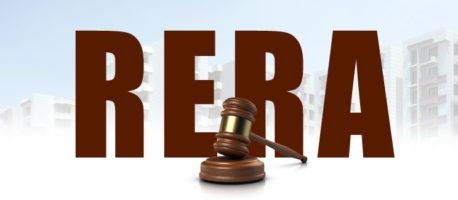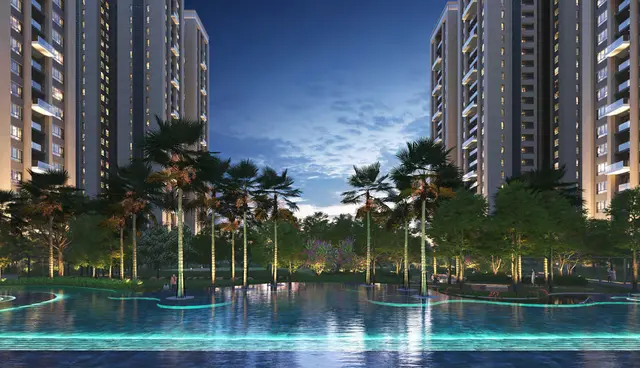If you’re buying a flat in Kolkata, RERA is one of the single most important checks you must make before parting with your money. The Real Estate (Regulation and Development) Act — RERA — is designed to give buyers clear information, timetables, and legal recourse against delays, mis-representation and unclear project titles. This guide explains what RERA does, how to verify a project on the West Bengal RERA portal, and the practical questions you must ask every builder. Use the quick checklist and FAQs below to protect your purchase and speed up loan approvals.

What is RERA?
RERA stands for the Real Estate (Regulation and Development) Act, enacted to protect homebuyers and bring transparency to real estate projects.
It requires developers to register projects, publish project plans, timelines, and approvals — and to keep buyer monies in escrow. This reduces the risk of delays and hidden costs for buyers
Why RERA matters for Kolkata buyers?
- Transparency: Registered projects must disclose approvals, layout, carpet/sale area and project timeline — so buyers can verify claims.
- Accountability: RERA creates a platform for complaints and compensation if deadlines or specifications are breached.
- Legal proof: Registration helps banks assess the project during loan sanctioning and speeds underwriting. (Important when you offer loan assistance to clients.)
How to check if a project is RERA-registered in West Bengal (step-by-step)
- Visit WBRERA portal: rera.wb.gov.in (official search). Search by project name, promoter name, or project registration number.
- Verify registration number & expiry: Confirm the registration number and project status (ongoing/completed).
- Download documents: Project brochure, sanctioned plan, and promoter’s track record. Make a local copy.
- Cross-check approvals: Ensure CC (Completion Certificate) / NOCs are listed for ready-to-move flats. For under-construction, check timelines and financial escrow details.
- Ask the builder: Request the RERA registration number in writing and confirm it matches the portal. If promoter claims exemptions, ask for proof.
Documents and checks to insist on before booking
- RERA registration certificate and project brochure.
- Title deed / land ownership documents and NOCs from local bodies.
- Completion Certificate (for RTM flats) or sanctioned plan + schedule (for UC projects).
- Payment schedule & escrow compliance statement (RERA requires separate accounting for buyer funds).
- Builder track record (past RERA registrations / resolved complaints).
Quick RERA checklist
- Project visible on WBRERA with same name/plot.
- Project registration valid and not expired.
- Clear timeline and penalty clauses for delay.
- CC for RTM projects.
- Bankable documents for loan sanction (title clear + NOCs).
How RERA affects home-loan processing
Banks and HFCs prefer RERA-registered projects because the documentation and timelines are clearer — which can accelerate sanctioning and disbursement. If you provide home-loan assistance, highlight RERA compliance to reduce underwriting friction and increase buyer confidence.
FAQ
Q1: Is every project required to register with RERA?
A1: Yes — most residential and commercial projects above specified area/value must register. Always confirm specifics on the portal.
Q2: Can a builder change the carpet area after registration?
A2: Major changes require updated disclosures on the portal and buyer consent; any material change should be questioned and documented.
Q3: How long does registration remain valid?
A3: Registration is project-specific; check expiry and status on WBRERA. If expired, ask the promoter for re-registration proof.



